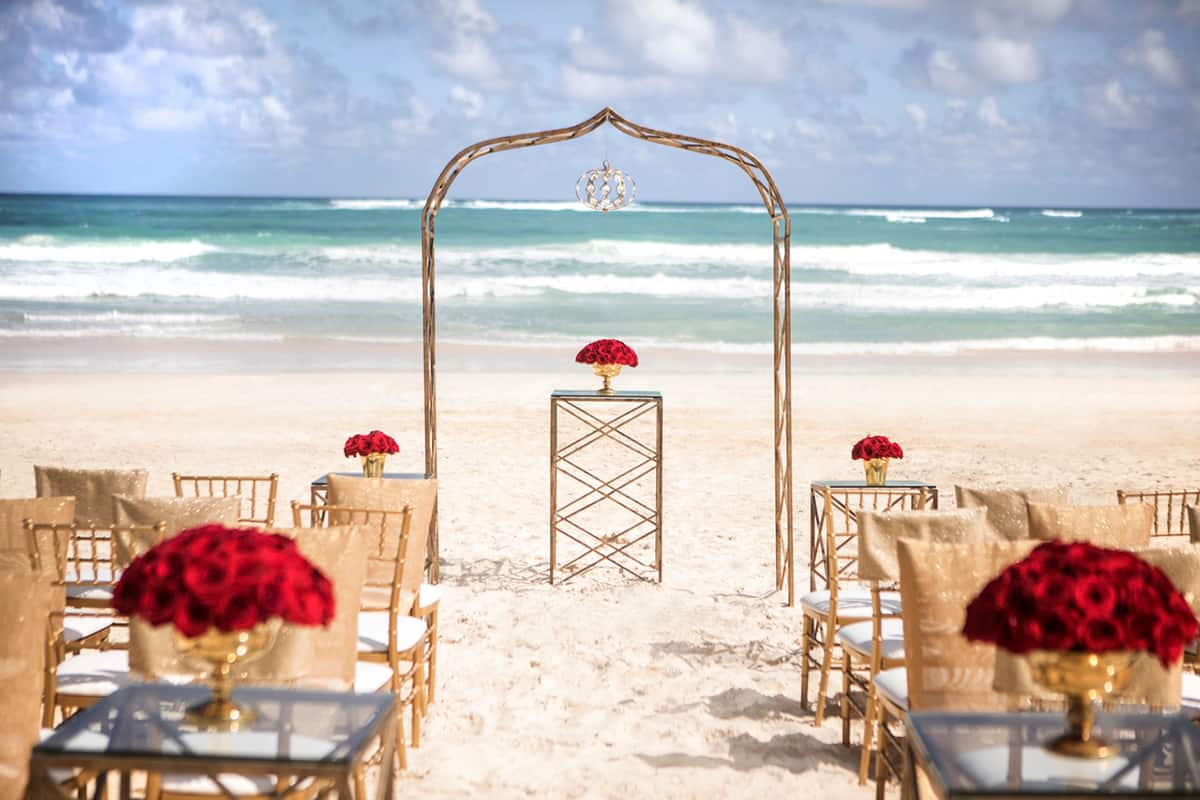 Engagement and wedding rings comprise some of the most important purchases you’ll ever make. After all, like your marriage, you want these symbols of your love to last a lifetime. You’re spending serious money, so you should spend a serious amount of time educating yourself on what’s available in the marketplace. To get you started, we’ve talked to some industry experts to get their insight on what you need to know.
Engagement and wedding rings comprise some of the most important purchases you’ll ever make. After all, like your marriage, you want these symbols of your love to last a lifetime. You’re spending serious money, so you should spend a serious amount of time educating yourself on what’s available in the marketplace. To get you started, we’ve talked to some industry experts to get their insight on what you need to know.
Diamond basics
The diamond represents the largest part of an engagement ring’s price, so make sure you know the facts about the stones you are considering for purchase. A good starting point is to learn the four C’s: colour, clarity (the number of inclusions or flaws that reduce the stone’s brilliance), cut (the number of facets on the stone which reflect light and give the stone its brilliance) and carat (the weight of the stone). Every diamond contains a unique blend of the 4C’s explains Oral Braithwaite, diamond specialist at Diamonds International in Barbados.
Both colour and clarity are measured using a scale established by the Gemological Institute of America. For colour, the scale ranges from D (colourless) to Z (yellows/browns). “White diamonds have remained the stone of choice, however yellow and pink diamonds offer a vividly rare alternative,” offers Brathwaite. The clarity scale ranges from I (inclusions visible to the naked eye) to FL (flawless).
In addition to carat, cut seems to garner a fair amount of emphasis: “The cut grade should be very good to excellent, because if it’s a poor grade it won’t catch the light,” says Rebecca Aubert, FGA, DGA, senior gemmologist for De Beers Diamond Jewellers US Inc. Oftentimes, cut is used to reference the stone shape. Examples include emerald, pear, heart, marquise and the most popular: round.
Diamonds International notes how wedding bands have evolved over the years from traditional bands to bands inlayed with diamonds and other stones. Modern brides choose bands with a diamond pattern that complements their engagement rings.
Metallic qualities
Also important to the quality of a ring is the metal from which it’s made. The two most popular choices are gold (yellow and white) and platinum. Yellow gold remains a favourite, although some industry experts say that it takes away from the diamond’s white colour. Platinum’s popularity has skyrocketed in the last decade, due in part to its strength, but also for how it enhances the diamond’s bright white colour. “Platinum is best for setting precious stones because the colour won’t reflect into the stone,” Aubert says. However, because of its purity, platinum also comes with a higher price tag.
To get the look of platinum more affordably many couples opt for white gold. White gold looks similar to platinum, and offers a significant cost savings. White gold is created from melting yellow gold with a white metal such as silver or palladium, and then plating (coating) it with rhodium to achieve its whitest colour. White gold may require an occasional, and inexpensive, rhodium replating to maintain its white shine. If choosing gold for your ring, make sure the mounting is made with platinum—the strongest precious metal—for durability and endurance.
Let’s go shopping
More often than not today’s couples are hitting the marketplace together, with her knowing exactly what she wants and him knowing how much he can afford. The goal is to find a compromise between these two positions.
Even with a bit of research under their belts, Nikita Abed, marketing coordinator for Diamonds International, says many couples are still unsure of what they can get for their money. She recommends they consult a jeweller to find out which options are within their price range. To keep disagreements to a minimum Brathwaite says couples should be in synch on what they want and what they will spend prior to stepping into a store.
Popping the question
If a couple shops together for a ring, many wonder if the surprise is lost when he proposes. This doesn’t have to be the case. Abed says many grooms-to-be propose on the spot in the store after their fiancées choose a ring.
Another option for keeping the “big question” a surprise is to put off purchasing the ring together. Instead, the groom-to-be can return later to buy the ring, and then choose a time and place for his proposal.
Just keep in mind that this is a special event in every person’s life, so there’s no need to worry about a particular protocol or timeline to make it happen. Rather, personalize it for the two of you, and it will be a moment you remember forever.




